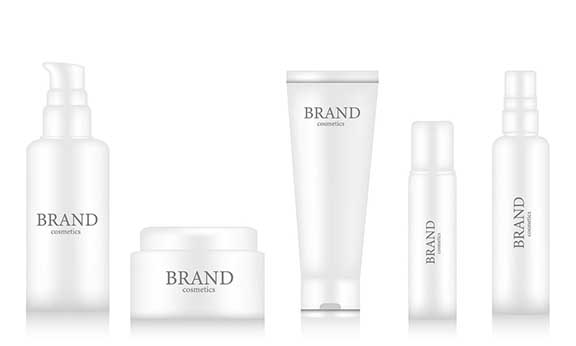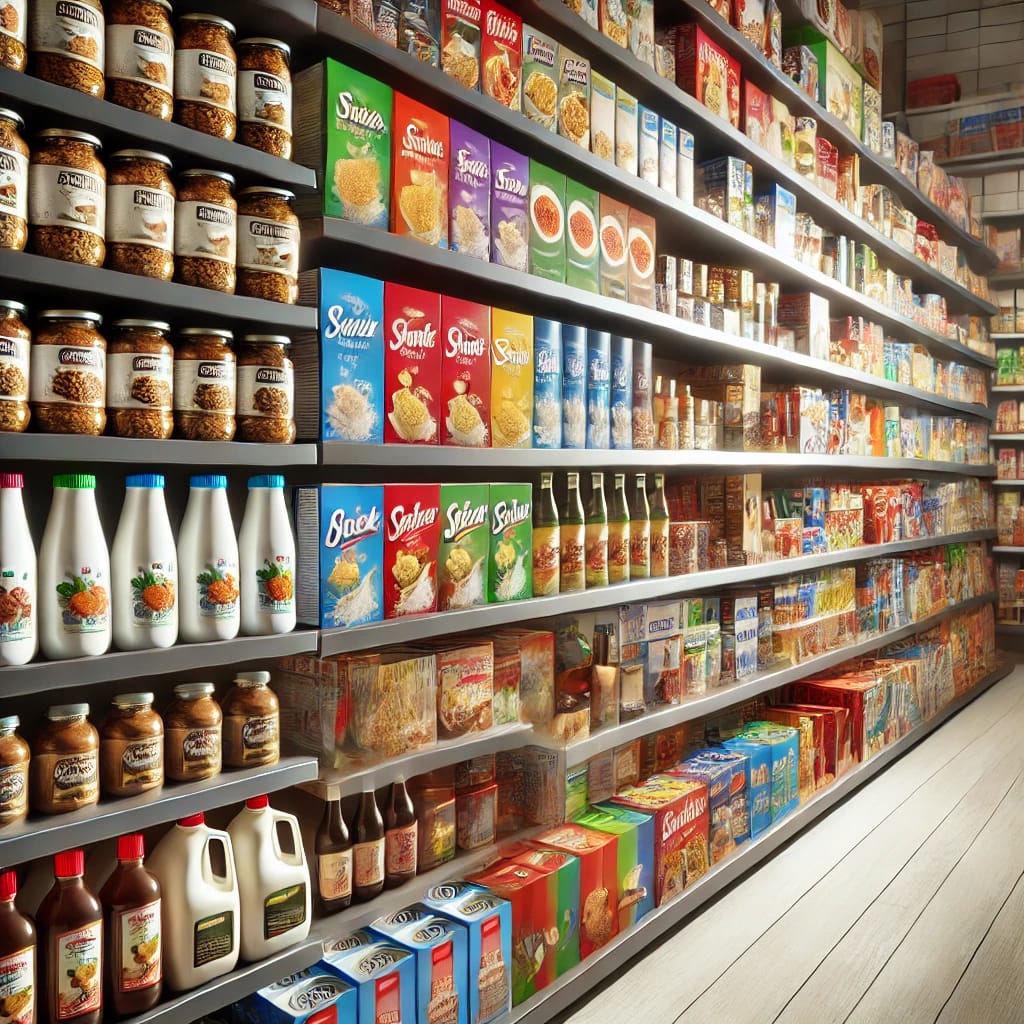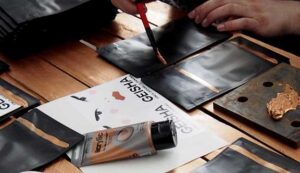Sellable Packaging Designs: What Works and Why Some Designs Fail to Boost Sales
In today’s competitive market, packaging isn’t just a container—it’s a silent salesperson. The right design can captivate customers, drive purchases, and build brand loyalty. Conversely, poor packaging choices can sink even the best products. In this blog post, we’ll explore the secrets behind sellable packaging designs and uncover why some designs fail to resonate with consumers. Whether you’re a startup or an established brand, these insights will help you avoid costly mistakes and create packaging that sells.
What Makes Packaging “Sellable”?
Sellable packaging isn’t just about aesthetics—it’s a strategic blend of psychology, functionality, and brand storytelling. Here are the key elements that make packaging irresistible:
1. Visual Appeal and Shelf Impact
First impressions matter. In a crowded marketplace, packaging must grab attention within seconds. Bold colors, unique shapes, and striking typography help products stand out. For example, brands like Glossier and Apple use minimalist designs with clean lines and premium finishes to convey luxury and simplicity.
Pro Tip: Use high-contrast colors and legible fonts to ensure readability from a distance.
2. Functionality and User Experience
Great packaging balances form and function. If a package is hard to open, bulky, or impractical, it frustrates customers. Consider Amazon’s frustration-free packaging—easy to unwrap, eco-friendly, and optimized for shipping. Functional designs enhance usability and encourage repeat purchases.
3. Emotional Connection
Packaging that tells a story or aligns with consumer values creates loyalty. For instance, Toms Shoes uses recycled materials and shares its “One for One” giving mission on every box, resonating with socially conscious buyers.
4. Sustainability
Eco-friendly packaging isn’t just a trend—it’s a demand. A 2023 Nielsen report found that 66% of global consumers prefer brands committed to sustainability. Biodegradable materials, reusable formats, and “less is more” designs (like Lush’s naked packaging) attract eco-aware shoppers.
5. Unboxing Experience
Social media has turned unboxing into a marketing tool. Brands like Dollar Shave Club and FabFitFun use layered packaging, personalized notes, and surprise inserts to create shareable moments.

Why Some Packaging Designs Fail to Sell
Even with the best intentions, some packaging designs fall flat. Here’s why:
1. Poor Readability and Clarity
If customers can’t quickly understand what your product is or does, they’ll move on. Overly artistic fonts, cluttered layouts, or vague imagery confuse shoppers. For example, a snack brand using abstract art on its packaging might fail to communicate flavor or ingredients.
2. Overcomplicated Design
Less is often more. Busy designs with too many colors, patterns, or text overwhelm consumers. A study by Packaging Digest found that 72% of shoppers prefer simple, transparent packaging that highlights key benefits.
3. Misaligned Branding
Packaging that doesn’t reflect your brand’s identity confuses customers. A luxury skincare line using cheap, flimsy materials or a budget brand opting for overly ornate designs creates a disconnect.
4. Ignoring Target Audience Preferences
A design that appeals to Gen Z might not work for Baby Boomers. For example, Heinz’s “Ed Sheeran Sauce” (a limited-edition ketchup) succeeded with younger fans but alienated traditional buyers who found the branding gimmicky.
5. Lack of Functionality
If packaging is hard to store, open, or reuse, customers won’t repurchase. Think of chip bags that rip easily or beauty products with non-resealable containers.
6. Failing Sustainability Tests
Greenwashing—making false eco-friendly claims—can backfire. For instance, a brand using “recyclable” plastic without clear disposal instructions risks losing trust.
How to Avoid Costly Packaging Mistakes
Research Your Audience: Conduct surveys or A/B testing to understand design preferences.
Prototype and Test: Create mockups to assess durability, usability, and shelf appeal.
Prioritize Sustainability: Opt for certified materials (e.g., FSC paper, compostable inks) and transparent labeling.
Simplify Messaging: Highlight 1–2 key benefits (e.g., “Vegan,” “30% More Product”).
Learn from Competitors: Analyze successful brands in your niche and identify gaps.
Monetizing Sellable Packaging
Turn your packaging into a revenue driver:
- Premium Pricing: Charge more for eco-friendly or luxury designs.
- Subscription Models: Use refillable packaging for subscription boxes (e.g., Grove Collaborative).
- Upselling: Bundle products in gift-ready packaging during holidays.
- Affiliate Opportunities: Partner with eco-suppliers or design tools like Canva or Adobe.
Sellable packaging is a blend of art, science, and empathy. By focusing on clarity, functionality, and sustainability, you can create designs that not only attract customers but also turn them into brand advocates. Avoid the pitfalls of overdesign and misalignment, and always keep your audience’s needs at the forefront. In a world where 64% of consumers try a product simply because the packaging catches their eye (Dotcom Distribution), investing in smart design isn’t optional—it’s essential.


